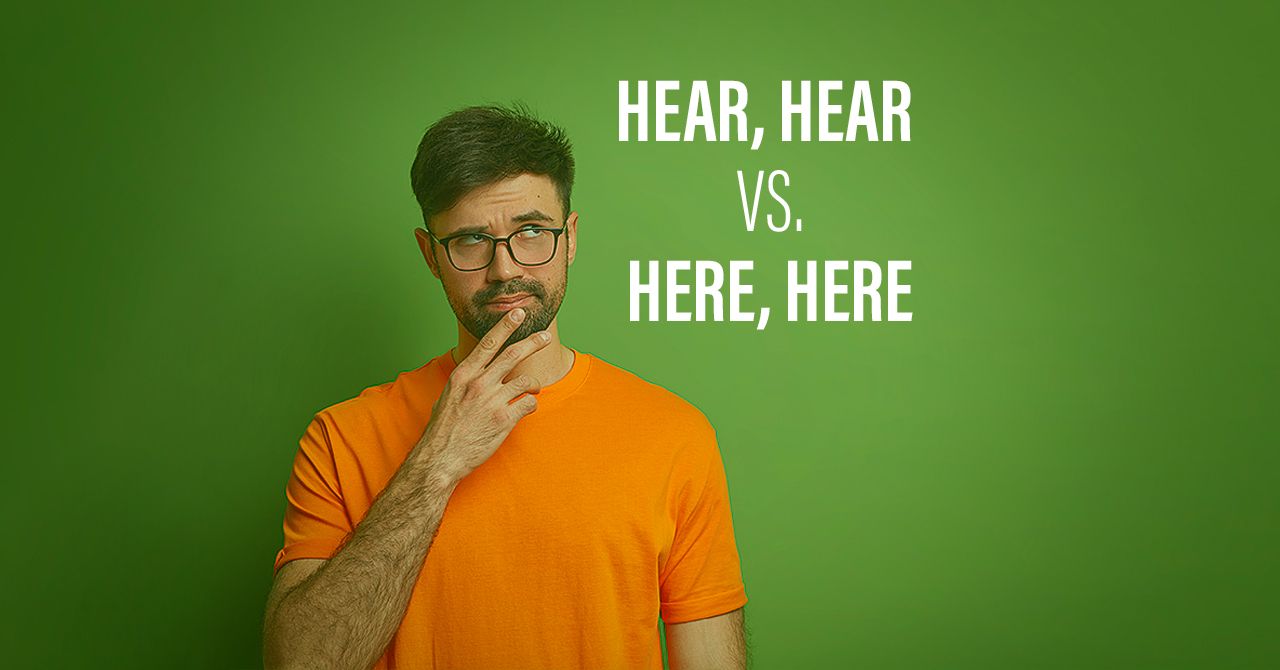
How to Decide Whether to Use Toward or Towards?
“Toward” is a word dating back to Old English, where it was a portmanteau of to and -weard, a suffix indicating direction. It existed thus in the developing English language for centuries.
The correct spelling of toward vs. towards — or, more to the point, whether a single correct spelling exists at all — has been hotly debated by grammarians and linguists for a long time. Is the -s strictly necessary? Does adding versus removing -s change the meaning of the word or the context in which it should be used?
Let’s take a closer look.
The transatlantic history of toward
“Toward” is a word dating back to Old English, where it was a portmanteau of to and -weard, a suffix indicating direction. It existed thus in the developing English language for centuries.
The additional s was not original to the structure of the word, but as it migrated across the Atlantic, it became a point of differentiation between the rapidly dividing branches of British and American English.
Both versions are technically acceptable in both regions, although “toward” tends to be preferred in North America and “towards” in Britain (a similar principle applies to the American while and the British whilst).
In short, you can use either version in most contexts, literal and figurative — referring to physical direction or a metaphorical relationship to something or someone—and be understood.
One caveat: this is not to be confused with “untoward,” an offshoot adjective that means suspect, ill-fitting, or inappropriate, and which never includes an s.
Examples:
Even our arguments didn’t really affect how I felt towards him.
At the press conference, the pop star directed her comments toward the people who had once criticized her work.
As they crossed the border, it seemed to the family that they were driving toward their destiny.
I have extensive experience writing in a variety of genres, from literary novels to music reviews to academic articles. I appreciate the power of words.

